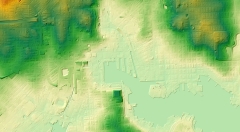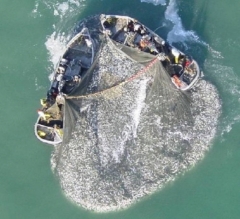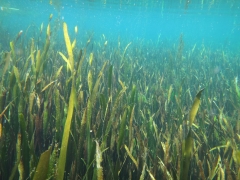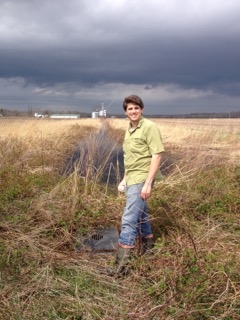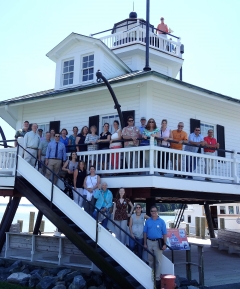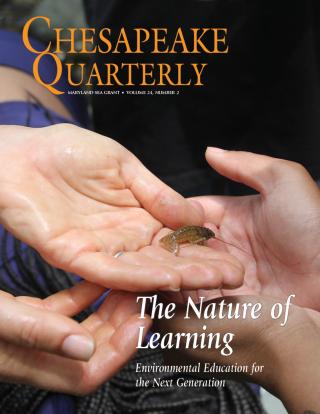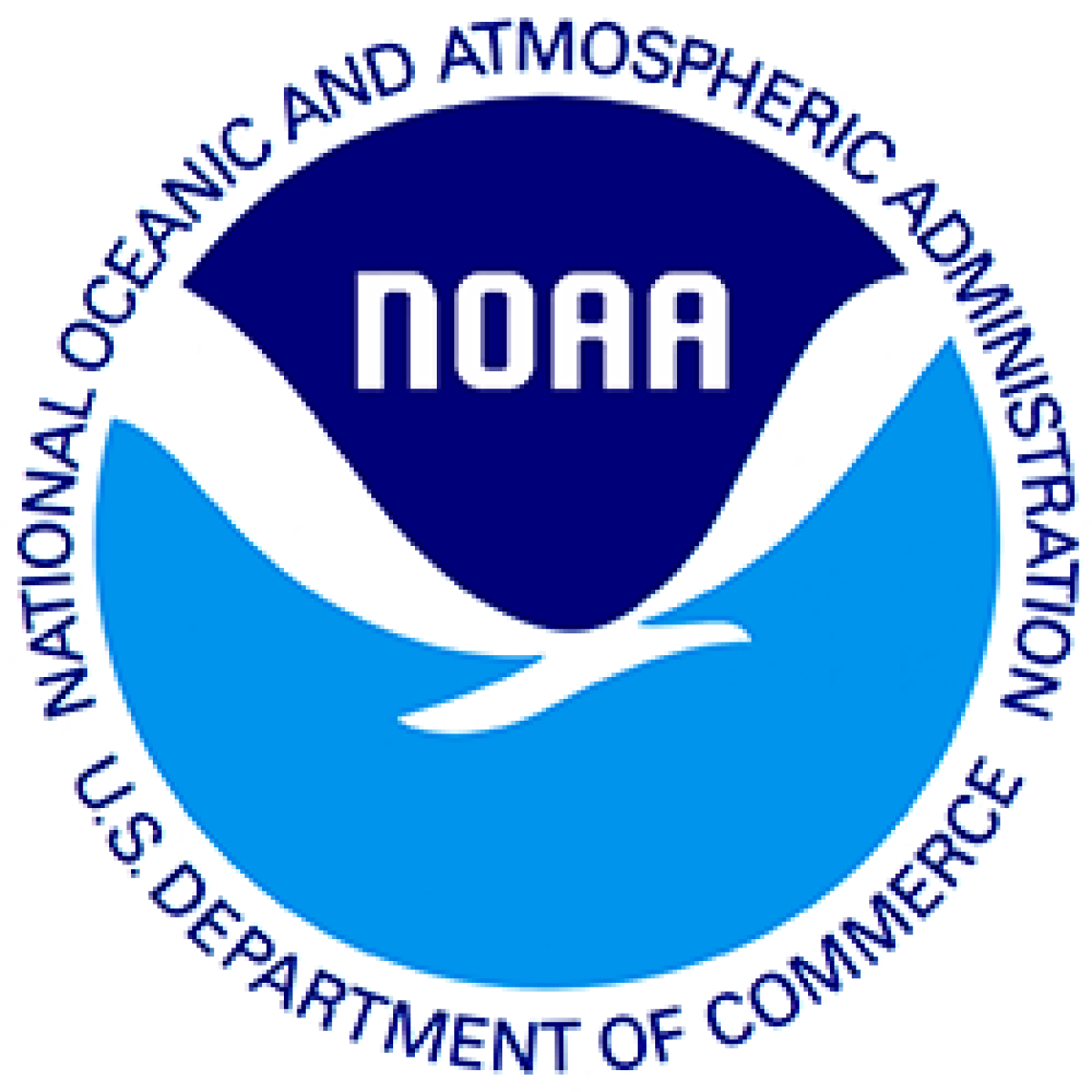The Maryland Sea Grant Bookstore will be closed for the winter holidays from Monday, December 15th to Friday, January 2nd and will not be taking orders during that time.
Fellowship Experiences
A blog by and about students supported by Maryland Sea Grant
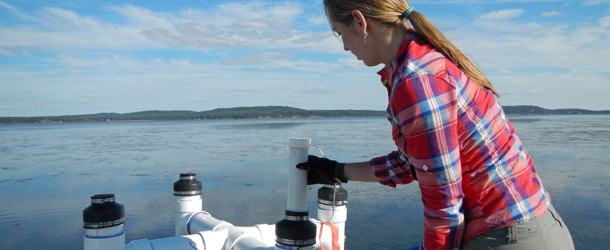
Faster Computers, Better Data Key to Predicting Storm Surges Better
Storm surge is one of the most dangerous natural hazards in America, and it happens frequently. Just a few months ago, Hurricane Matthew generated significant storm surges from Florida to North Carolina, which caused extensive flooding and damage in coastal communities along its path.
Read more...Learning About Menhaden: A Journey to Reedville
We had been driving for about four hours down the Atlantic coast, across fields and under wide skies, when we finally pulled off the road to a little café called Newsome’s Restaurant in Burgess, Virginia. Read more...
Scavenging for Ancient DNA Samples
Wild celery, a type of seagrass, can provide clues to how human activities have affected and changed the Chesapeake Bay ecosystem over long spans of time. Finding old samples for DNA analysis sent this graduate fellow on a scientific treasure hunt.
Read more...Reducing Bay Agricultural Pollution: Success at the Expense of Air Quality?
I am not sleeping well, constantly stabbed by old corn stubble as I roll from side to side in my tent. Finally, first light comes around 6 a.m. on an early September morning. I unzip my tent, stick my head out, and stare out into the soybean abyss. Welcome to a farm field that is the field laboratory for my research project.
Read more...A Lesson in Effective Storytelling About Science
I learned about a story-telling method called “And, But, Therefore” that helped me explain my scientific work well. Then I helped apply this approach — at a NOAA workshop attended by the agency’s leaders.
Read more...